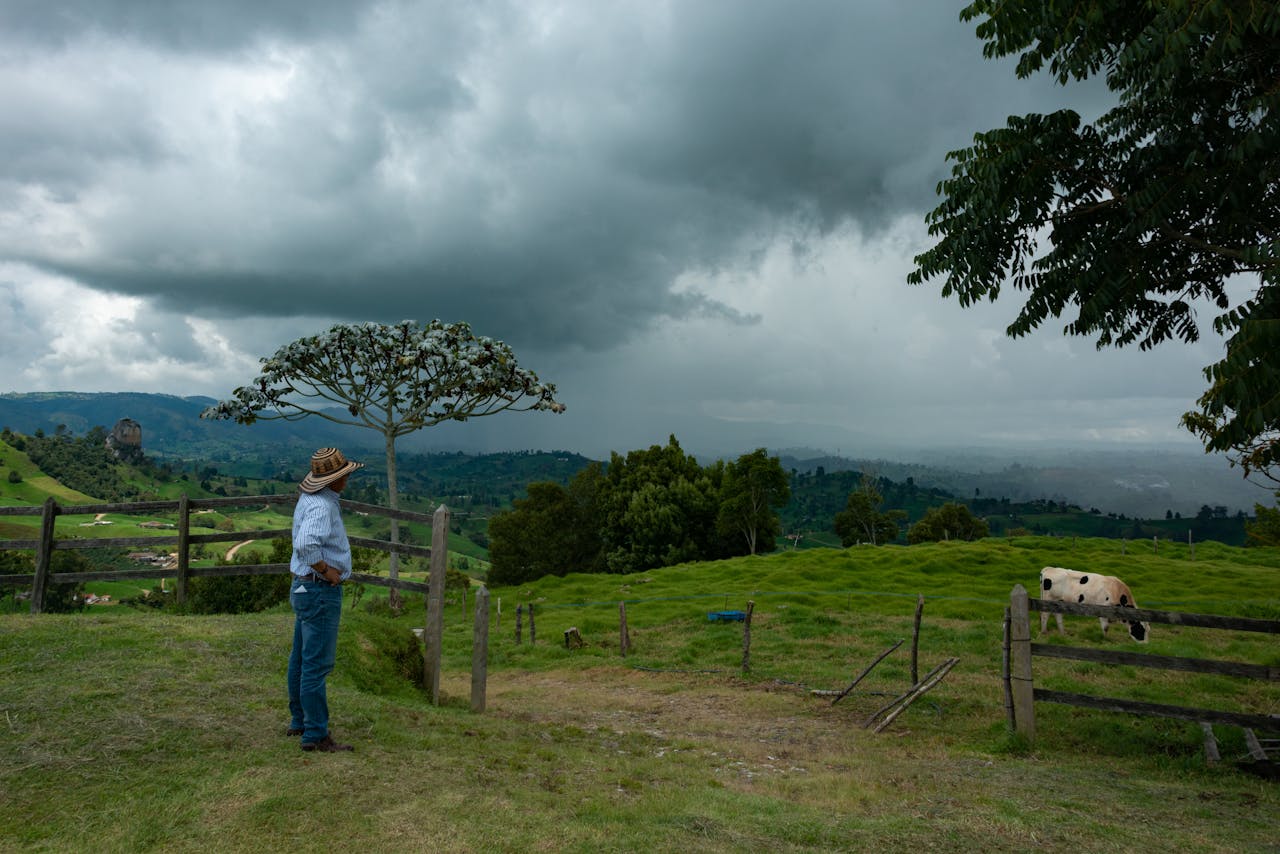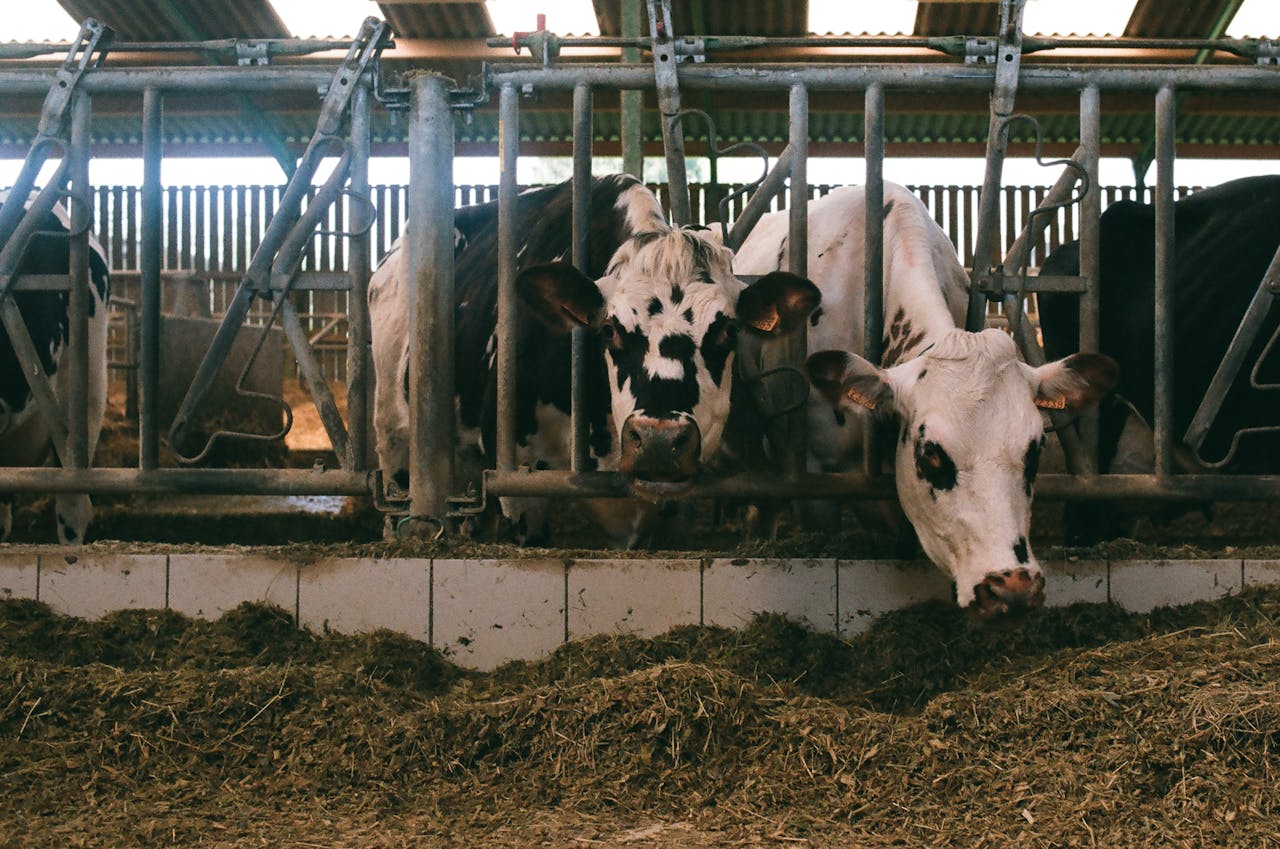Feed is the single biggest cost in poultry production, plus one of the easiest areas to lose money if not managed properly. From poor storage conditions and processing inefficiencies to feed waste and bird health, every stage of the feed chain can impact your bottom line. This article explores practical, cost-effective strategies to improve feed utilisation, cut waste, and maximise profitability in both broiler and layer operations.
Don’t let poor storage eat your profit
Sourcing high-quality raw materials is the way to produce good feed, and this is top of mind for all those involved in the feed supply chain. But how can you keep these expensive ingredients well preserved? Proper storage of feed is an important and often overlooked factor in preserving the quality of feed and protecting it from damage by mould and other factors, especially in challenging environmental conditions.
Field studies in Egypt, for example, have revealed that on most farms feed is stacked under shelters where it is frequently subject to mould damage and invasion by rodents, wild birds and/or insects. A microbial assay of feed at one farm revealed a mold value of 22,000 c.f.u./g, as opposed to the normal level of only 5,000 c.f.u/g. In this case, poor feed efficiency and reduced growth rates were encountered. Such problems could have been alleviated if the feed was stored in silos. Moneywise, it was estimated that the cost of a 20-tonne silo can be recovered in just 3 years leading to savings of up to US$300 per year (the value of the feed damaged under poor storage conditions).
 Optimising feed processing for maximum efficiency
Optimising feed processing for maximum efficiency
Pelleting feeds usually result in increased density and intake of the diet and also improves growth and feed efficiency. Shown in Table 1 are the results of 3 experiments comparing the performance of broiler chickens fed pelleted and ground feeds. These experiments have been conducted on the same breed of chickens under similar management conditions. The differences in feed conversion observed here within the pelleting treatments could have been linked with differences in pellet quality.
It has been estimated that 0.01% in feed conversion is lost with each 10% increase in fines in pelleted feeds. Although pellet quality may appear adequate immediately after leaving the feed mill, pellet quality at the time the flock is consuming the feed in the house is what counts. Every effort should, therefore, be directed toward improving the quality of pellets that arrive in the feed troughs for broilers.
 Waste control measures
Waste control measures
There are many ways in which feed is wasted or lost without even getting into the bird. Long beaks, for example, give the birds the ability to play with the feed, which cannot then be consumed once it reaches the floor and gets mixed with the bedding materials. Proper beak trimming is, therefore, essential to alleviate this problem. Overfilling feeders should be avoided, and the feed should be maintained at certain levels within the feeders to minimise losses (Table 2).
Rodent infestation of poultry farms is also a common problem which interferes with feed utilisation. A 250g rat can eat its weight in usable feed each day. A rat can also contaminate 10 times the amount of feed it eats with its droppings, urine and hair, thus making it unusable for the birds and even for the rats themselves. This means that with rodent infestation, a poultry farm can lose tonnes of feed each year with high financial losses. Attempts should, therefore, be made to control rodent invasion by using all possible means. Trapping, for example, may result in a reduction of up to 60-70% of the rodent population, provided that an adequate number of traps are available and that access to poultry feed is prevented.
 Protein nutrition
Protein nutrition
A proper protein feeding system should be considered, especially with laying hens, so that satisfactory performance is achieved without too much feed expenditure. The step-down phase feeding protein is an effective approach in reducing feed cost and alleviating excess nitrogen excretion (Table 3). Using step-down protein diets as compared to constant 16.5% protein diets for 1 year on a farm with 100,000 birds results in the use of 7.5 tonnes less protein. Also, there are about 4.5 tonnes less manure nitrogen per year produced, which also makes step-down feeding environmentally appropriate.
 Dietary energy and feed costs
Dietary energy and feed costs
Energy is a major cost component in diets for broilers. Lower-energy diets can, however, be formulated with an emulsifier to improve fat digestibility and compensate for the reduction in dietary energy without compromising the bird’s performance. This means less addition of expensive fats and oils and as a result a lower cost price (Table 4). It can be concluded here that lowering the basal diet from 3,100 kcal to 3,000 kcal with the use of an emulsifier will reduce the inclusion of oil and fat, leading to a reduction in feed costs of more than €10 per tonne.
In a study on the effect of the use of enzymes on feed costs, a blend of amylase, protease and phytase was used in maize-based broiler feeds at 1 g/kg. The enzymes reduced the amounts of nutrients required in the diet while maintaining liveweight gain and feed conversion at the same level as birds fed a standard diet (145 Kcal/kg reduction in ME, 4% reduction in amino acids, 0.10% reduction in total phosphorus, and 0.12% reduction in calcium), with a resulting feed cost saving of around US$11.00 per tonne. The addition of exogenous enzymes also appears to reduce feed costs by replacing expensive feed materials with cheaper ones. For example, it was found that adding phytase enzyme to rapeseed meal – a cheap protein source – was just as nutritious for broiler chicks as the widely-used soybean meal. Rapeseed meal is about US$130 a tonne cheaper than soybeans.
 Losses in the bird
Losses in the bird
Even with the best practices in place in feed management and feed formulation, poultry farmers may suffer a considerable increase in feed costs at the bird level. For instance, poor feather cover in winter will lead to increased feed consumption at low temperatures, while egg production will be under pressure. Compared to fully feathered hens, naked birds can eat 40 g/bird more at 15°C, and 30 g/bird at 18°C.
Reports from Australia have revealed that the increased feed costs arising from such extra feed consumption in this case amounts to AUS$6.57 million annually, which confirms the need for keeping hens warm in winter. However, for this strategy to be viable the heating cost should first be balanced against the increase in feed cost and this could then benefit the farm economy.
Furthermore, it has been estimated that feed efficiency decreased by 25%, 18%, and 10% in birds infected with Gumboro, Coccidiosis, and Salmonella, respectively. Similar responses may also be expected with nutritional or parasitic diseases. Effective veterinary programmes should, therefore, be considered in all these cases for better health, performance, feed utilisation and, last but not least, revenues.
References available upon request.


